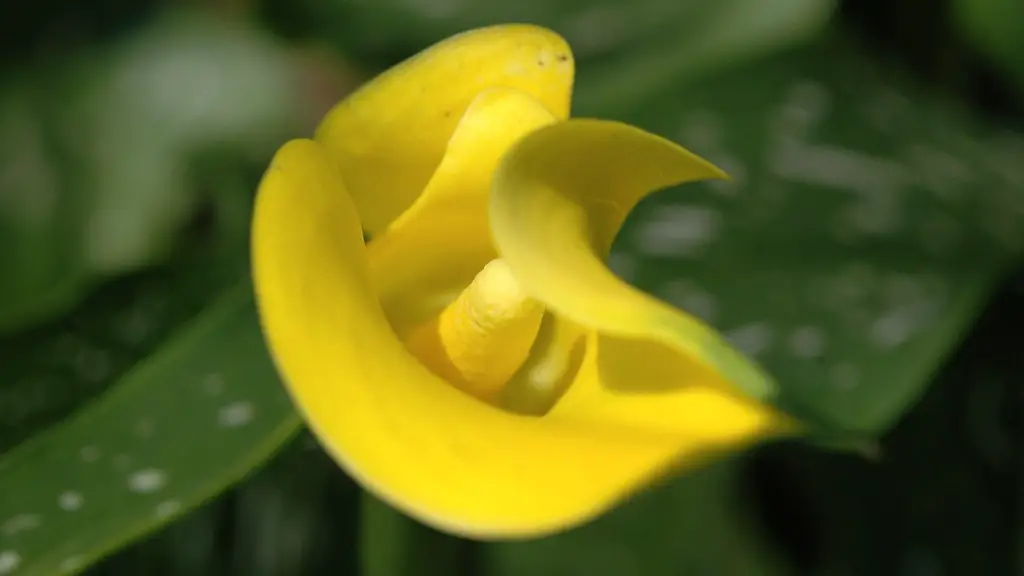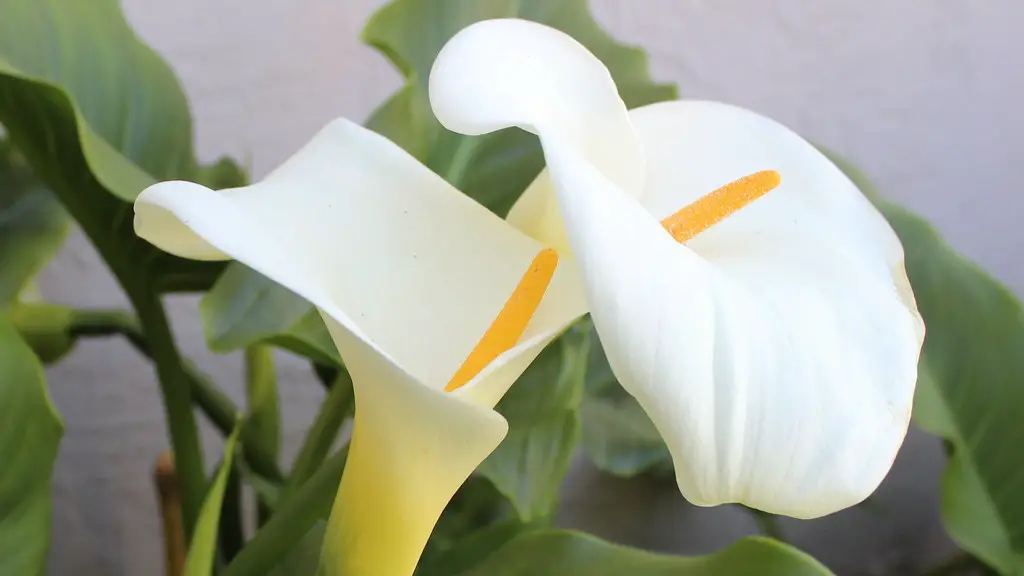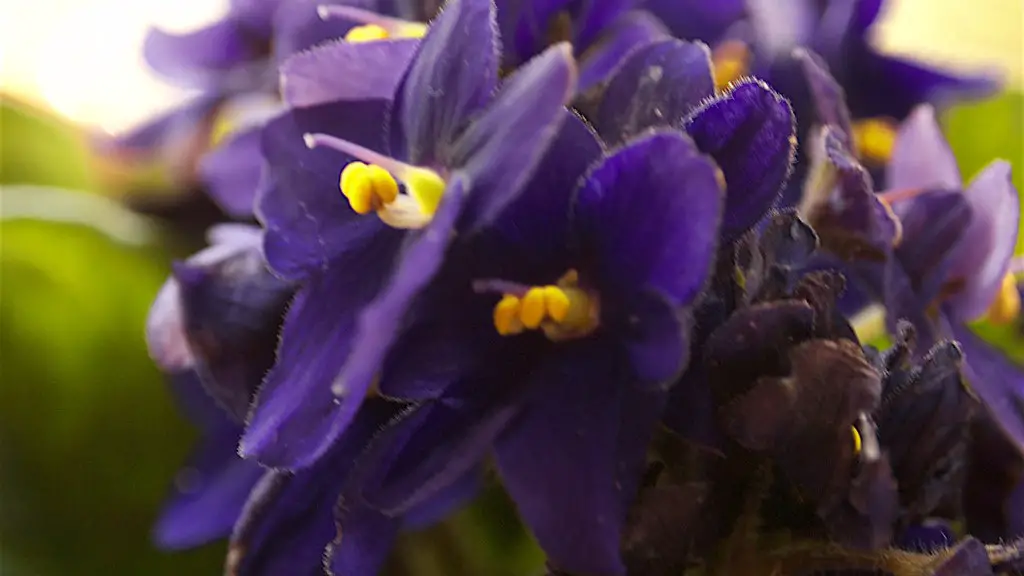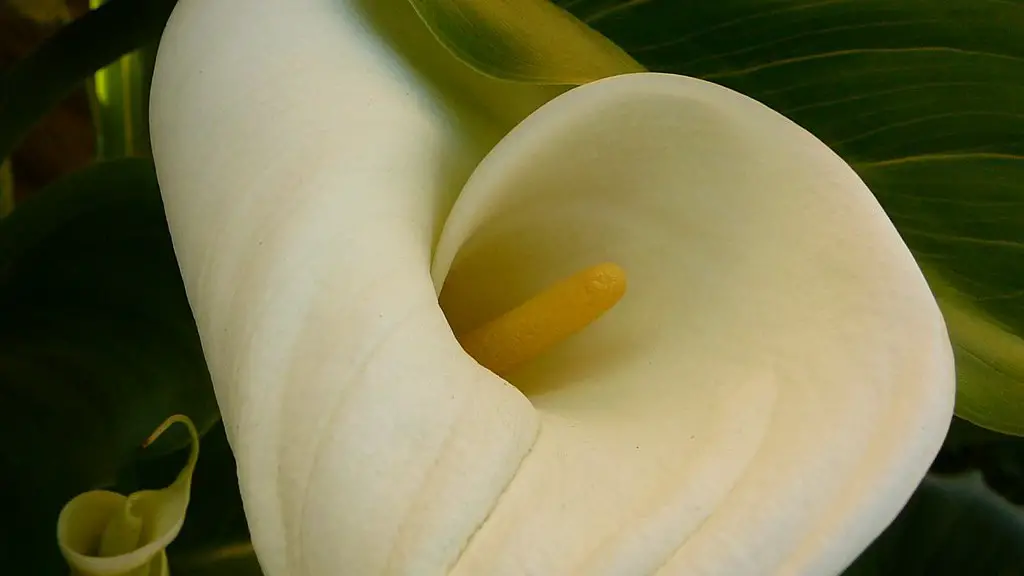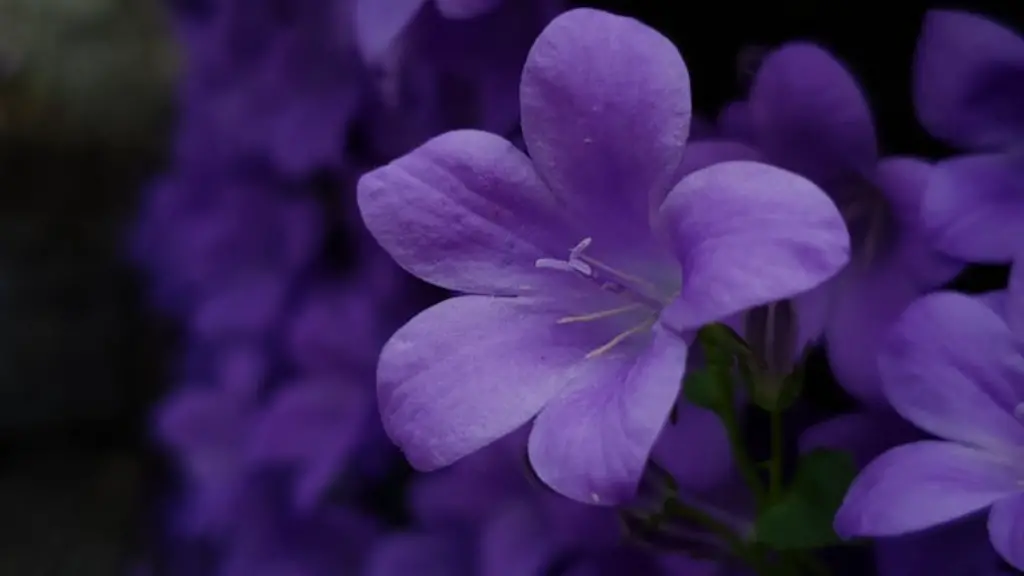If you’re looking to add a splash of color to your garden, you can do so by planting calla lily seeds. Calla lilies are not difficult to grow from seed, but there are a few things you’ll need to do in order to ensure success. First, you’ll need to start with fresh seed that has been collected from a healthy plant. Once you have your seed, you’ll need to sow it in a moist, well-drained growing medium. Once sown, cover the seed with a thin layer of growing medium or sand and water lightly. To ensure that the seed doesn’t dry out, place the seed tray in a plastic bag and maintain high humidity. Once germination occurs, which can take anywhere from two to four weeks, remove the plastic bag and provide the seedlings with bright, indirect light. Keep the growing medium moist but not soggy and fertilize every two weeks using a half-strength solution. With a little patience, you’ll soon have beautiful calla lilies blooming in your garden!
1. First, soak the seeds in lukewarm water for 24 hours.
2. Then, place the seeds on a moistened paper towel and put them in a warm, dark place.
3. Check on the seeds every few days to make sure they remain moist.
4. Once the seeds germinate, plant them in pots filled with well-draining potting mix.
5. Keep the pots in a bright, warm spot and water them regularly.
Are calla lilies easy to grow from seed?
If you want to grow calla lilies from seed, it’s going to take a little work and some patience. It can take up to three years for a calla lily planted from seed to bloom. Calla lily seeds must be pre-grown in order to be successful. Spread seeds out on a damp paper towel and cover them.
To ensure that your calla lily seeds germinate, it is important to provide them with the correct conditions. Cover the pot with a clear plastic bag to retain moisture in the soil and air, and set the pot in a location where it receives bright, indirect light. Calla lily seeds require light to germinate, so make sure to provide them with plenty of light once they have sprouted.
How long do calla lily seeds take to grow
To ensure optimal germination rates, the temperature of the medium should be maintained at 70 to 75 degrees Fahrenheit. Germination should occur within 7 to 14 days under these conditions.
To ensure that your calla lily seeds will remain viable until the following spring, it is best to store them in a cool, dry, and dark place. One way to do this is to cut off the seed pods after they have ripened and store them in a paper bag until they turn dry and brown. This will help to keep the seeds from becoming moldy or mildewed.
Do calla lilies multiply every year?
Yes, calla lilies spread by creating new bulbs. However, this process is easy to control, making calla lilies an ideal plant for those who want to add some color to their garden without worrying about the plant taking over.
Container grown callas are a great way to enjoy the beauty of these flowers without worrying about them becoming invasive. In their ideal climate, calla lilies can take over garden beds and become a nuisance, but in pots they are restricted and won’t cause any problems. Enjoy the beauty of these flowers without any worries!
Do you soak lily seeds before planting?
To soak your canna seeds, fill a container with lukewarm water and add the seeds. Let them soak for a minimum of 24 hours. After soaking, you can plant the seeds in a commercial medium like Jiffy Mix, or you can plant them directly in your garden.
Seeds require hypogeal germination, which means they need three months of moist, warm temperatures followed by three months of cold temperatures. To do this, mix seeds with about 2 cups of moist peat moss and place in a plastic bag or container. Cover loosely and store the peat and seed mix in a warm, dark spot.
How do you start a calla lily indoors
The plant calla lily is a beautiful plant that is often seen in gardens. They are known to bloom in the spring and their blooms can range in color from white to pink. The plant is native to South Africa and can grow up to four feet tall. They do best in moist, well-drained soil and need to be watered regularly. Calla lilies are not frost tolerant so they should be planted after the last frost in your area.
Seed sowing is a critical step in getting your planting off to a good start. By taking care to sow seeds properly, you can improve your chances of success and enjoy bountiful blooms and harvests.
When sowing seed, it is important to space them properly. Sow seed an inch apart in a flat or pot, covering with 1/2 inch of sterile, finely textured potting soil. This will ensure that the seeds have enough space to grow and will help prevent them from crowding each other out.
You may start seed immediately after harvest in a greenhouse or under lights, or wait until spring and sow in a cold frame or unheated greenhouse. Direct sowing outdoors is not recommended as it can be difficult to control the environment and the conditions, which can lead to poor germination rates. By starting seed indoors, you can better control the conditions and give your seedlings a head start.
How do you germinate seeds?
Seeds need sunlight and water to germinate.
1) Prepare the seed-starting soil mix.
2) Place the seeds in soil or a wet paper towel.
3) Cover the seedlings with a plastic bag or lid.
4) Place the seeds in a warm location.
5) Keep the potting mix moist.
6) Thin seedlings to encourage larger plants.
To store the seeds, put them in a pickle envelope.
What do calla lily seed pods look like
It’s not really brown but the one in the middle of the little browner that one has a green tint to it.
If you live in a warm climate, you can leave your calla rhizomes in the ground over winter. Otherwise, you’ll need to remove the leaves from your plants and cut the stems back to one to two inches tall before your first freeze. Then, dig up the rhizomes and put them in a warm, dry place where the temperature stays between 65 and 75°F.
What do you do with calla lilies at the end of the season?
Calla lilies are beautiful, but delicate flowers. In order to keep them alive and blooming year after year, it is necessary to take extra care of them during the winter months. First, the rhizomes must be dug up and brought indoors before the first frost hits. Then, once the foliage has died back, cut it off 1-2 inches above the soil surface. With a little bit of extra care, calla lilies will thrive for years to come.
If you’ve just received a potted calla lily as a gift, they make wonderful houseplants. Here are a few tips for caring for callas indoors: Keep the soil moist, but not soggy. Provide bright, indirect light. Be sure to increased humidity around the plant. Avoid drafts and sudden temperature changes.
How many years do calla lilies last
Calla lilies are beautiful flowers that can last for many years. Most calla lilies go dormant in the fall and come back to life in the spring. These flowers are a great addition to any garden and are sure to bring a smile to your face.
The calla lily is a unique plant in that it doesn’t drop its petals like many other plants when the flower is done blooming. Instead, the calla lily’s flower rolls up into a tube, often turning green on the outside. Once the calla lily’s flower begins to die, it is spent and has no purpose, so it should be clipped off.
Conclusion
To germinate calla lily seeds, start by soaking the seeds in warm water for 24 hours. Then, fill a planting tray with moistened potting mix and sow the seeds ½ inch deep. Cover the tray with plastic wrap and place it in a warm spot with indirect light. Keep the soil moist but not soggy, and in 10-14 days, the seeds should germinate.
Some plants are very difficult to grow from seed, but with proper care, calla lily seeds will germinate and produce lovely flowers. Be sure to start with fresh, healthy seeds and plant them in a sterile potting mix. Keep the seedlings moist but not wet, and in a warm place with bright indirect light. With a little patience, you’ll soon be rewarded with beautiful calla lilies.
